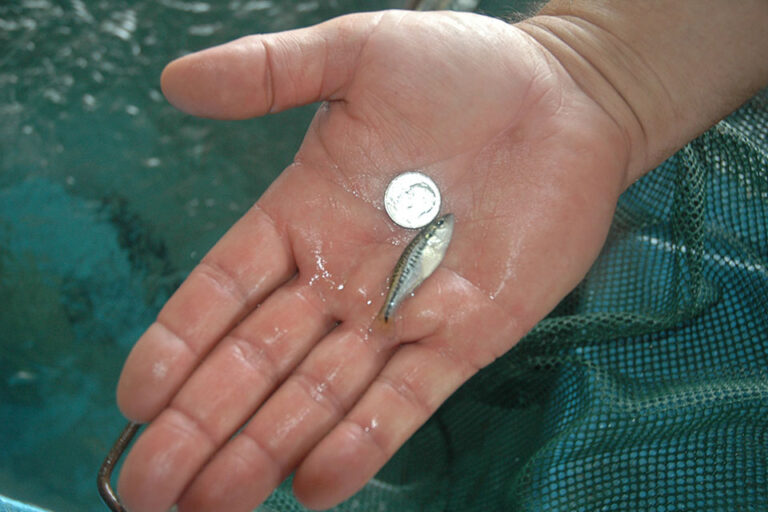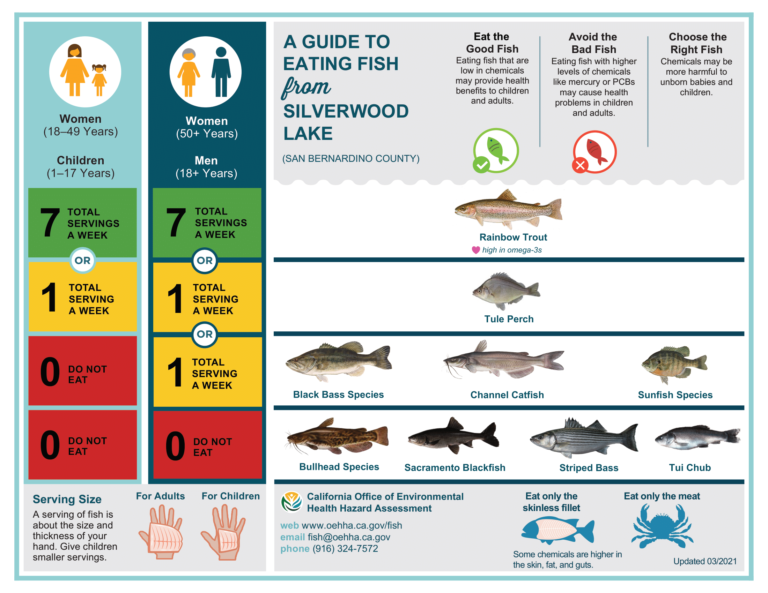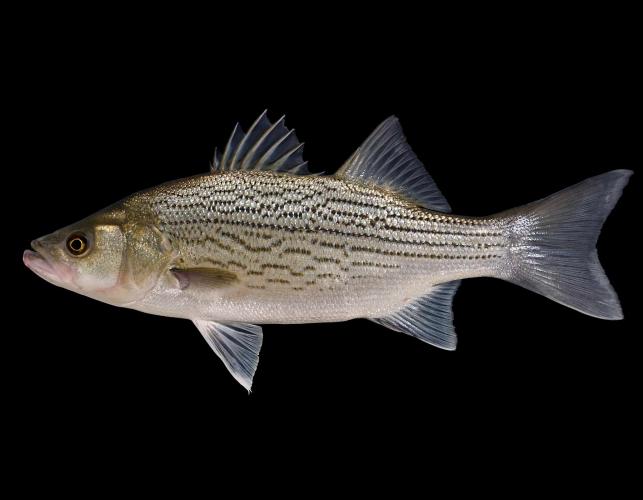How to Use a Bass Jig
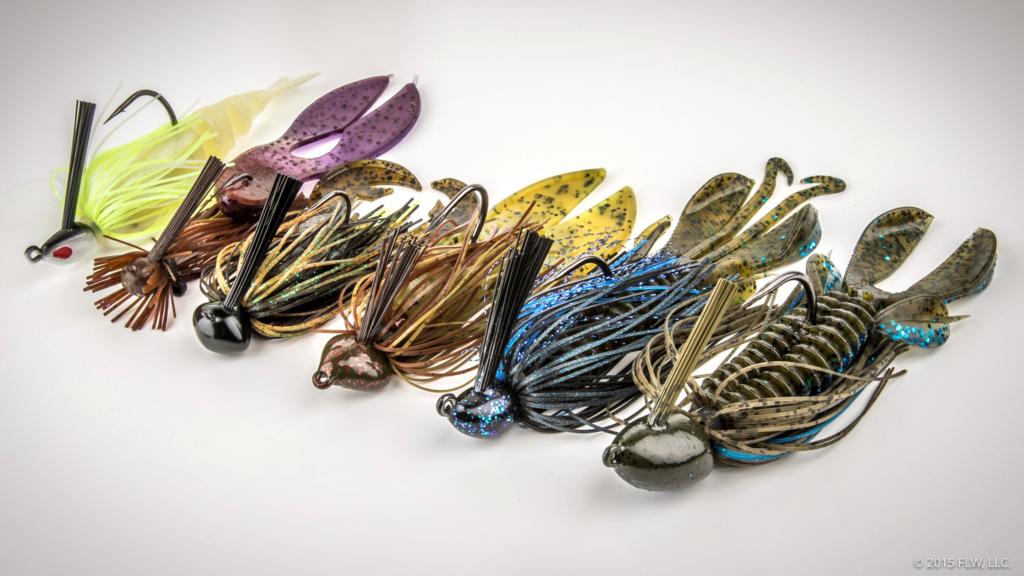
To use a bass jig, cast it out and let it sink, then retrieve with intermittent hops. Mimic a baitfish or crawfish by varying your retrieval speed.
Fishing enthusiasts flock to bass jigs for their versatility and effectiveness in enticing the elusive bass. These lures, resembling small prey, are essential for anglers aiming to outsmart their underwater targets. The key is in the presentation and retrieval technique, which influences the jig’s ability to simulate live bait.
Understanding the water’s structure and the behavior of bass play pivotal roles in successful jig fishing. A well-crafted approach with jigs can yield impressive results, making them a favorite among seasoned and novice anglers alike. Mastering the art of fishing with a bass jig is an exciting challenge that rewards patience, skill, and a bit of creativity.
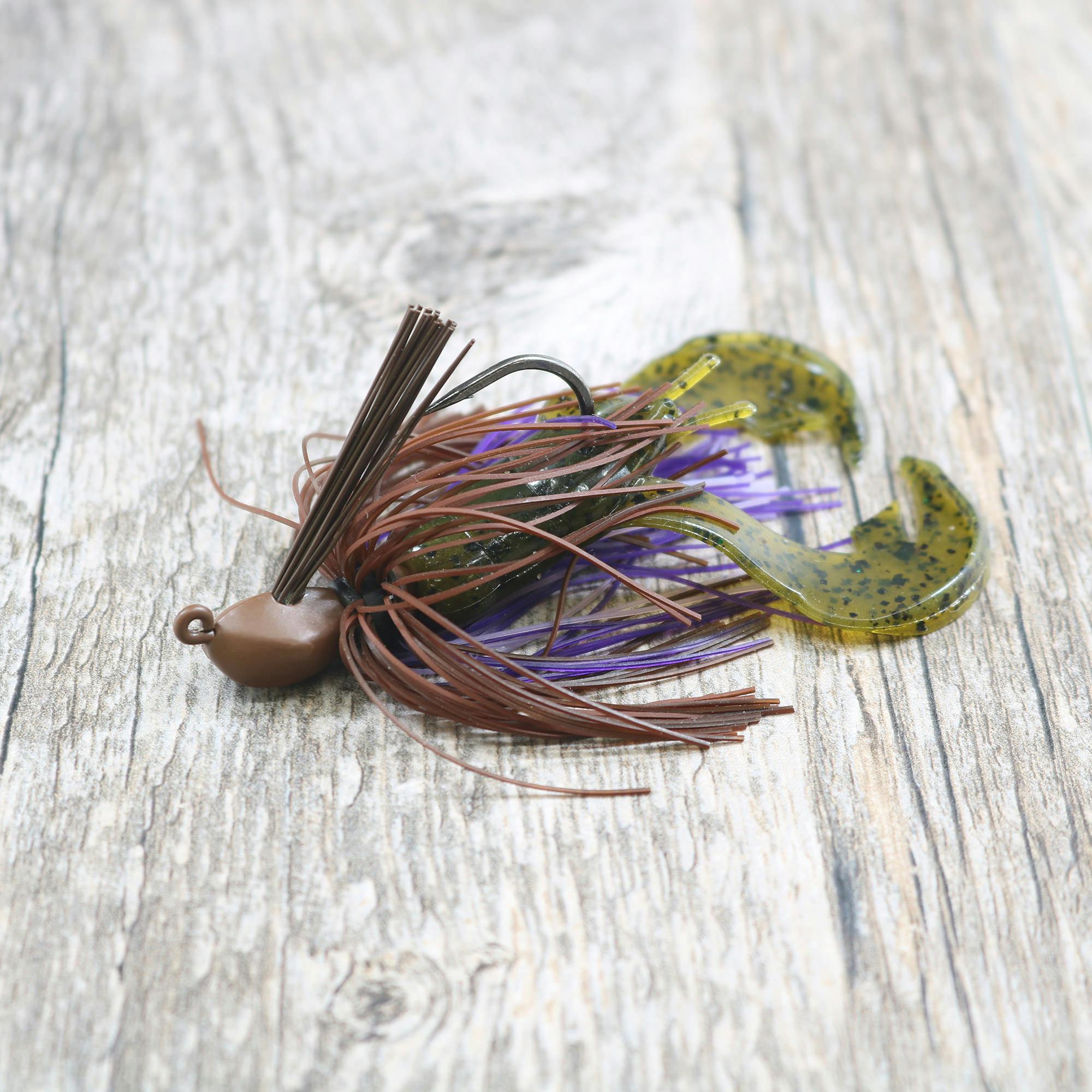
Credit: www.omniafishing.com
Introduction To Bass Jig Fishing
Bass jigs rank highly among fishing lures due to their effectiveness. Anglers admire these lures for their versatility and the realistic movement they create underwater. Their special design allows them to mimic the appearance and motion of prey.
Characteristic features of bass jigs include a weighted head, a hook, and a skirt for attraction. The eyelet is often positioned at the top of the head, which helps in making the jig weedless. This design is crucial for snag-free fishing in heavy cover. Bass jigs come in various colors and sizes to suit different conditions and prey types.
| Weight | Hook Size | Skirt Material |
|---|---|---|
| 1/4 oz – 1 oz | 3/0 – 5/0 | Silicone or Rubber |

Credit: www.onthewater.com
Essential Equipment
Selecting the right bass jig depends on water conditions and bass behavior. Bold colors work well in muddy water. Lighter hues are best in clear water. Jigs with rubber skirts can mimic the movement of fish prey.
Pairing your jig with the proper rod and reel enhances your fishing experience. A medium-heavy rod with a fast action tip gives you better control. This setup aids in feeling bites and setting hooks effectively. Your reel should allow for smooth casting.
| Fishing Line Type | Visibility | Strength |
|---|---|---|
| Fluorocarbon | Low | High |
| Braided | High | Very High |
| Monofilament | Medium | Low |
Choose a fishing line that suits your needs. Fluorocarbon lines are nearly invisible to fish and offer good sensitivity. Braided lines are strong and provide excellent casting distance. Monofilament lines are buoyant, benefiting topwater jigging.
Mastering The Technique
To master the technique of using a bass jig, begin with perfecting your cast. A smooth, precise cast ensures the jig lands quietly in the water, imitating natural prey. As you cast, aim for structure where bass often hides, like rocks or logs.
Once your jig is in place, the retrieval method is crucial for enticing bass. Use a gentle twitching motion to make the jig hop and dance on the bottom, mimicking a tasty meal. It’s important to keep your line tight so you can feel even the slightest nibble.
Adjusting your approach is necessary when facing different water conditions. Clear waters might require a subtle jig color and lighter movements, while murky waters allow for bolder colors and stronger jigs. Pay attention to the water’s clarity and temperature, and change your tactics accordingly.
Habitats And Behaviors
Prime bass habitats are key to successful jigging. Structured underwater areas like rocky bottoms, weed lines, or sunken objects often house bass. Look for places where bass can hide and hunt.
Bass behavior changes with the seasons. During spring and fall, bass often swim in shallow waters. They move to deeper spots in the hot summer and cold winter. Use your jig to mimic their natural prey.
Advanced Jigging Tactics
Mastering the art of bass jigging demands knowledge of advanced jigging tactics. A savvy angler knows the importance of engaging with both structure and cover.
Effective strategies involve maneuvering the jig around and through obstacles where bass hide. Rocks, logs, and weeds are ideal places to target. Precision casting gets the jig right where you want it.
- Structure exploration enhances chances of a strike.
- Using pitching and flipping techniques boosts jig performance.
- Opt for soft plastic trailers to make jigs more tempting.
Choose trailers that mimic natural prey movements. Craws, grubs, and creature baits are top picks. Make sure your jig and trailer combo looks alive!
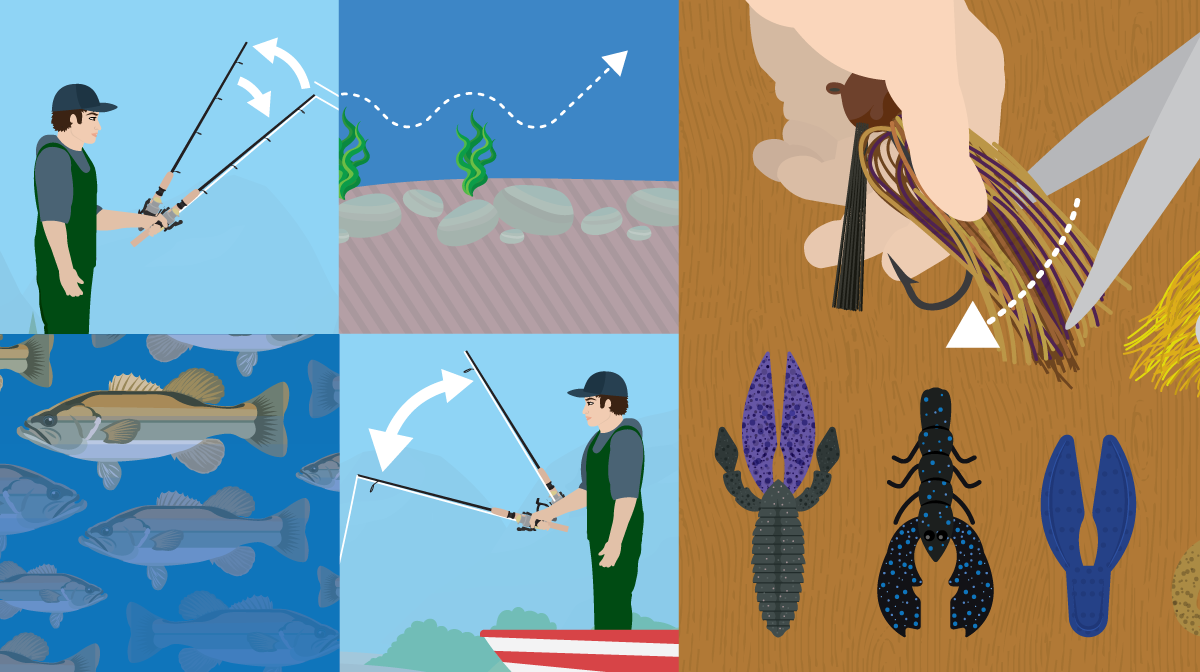
Credit: www.fix.com
Maintenance And Care
Maintaining your bass jigs is key for optimal performance. Regularly inspect each jig for damage. Pay special attention to the hook, ensuring it remains sharp and rust-free. A blunt hook can be a missed opportunity. Clean your jigs after use, drying them thoroughly to prevent rust and deterioration. Store them in a dry, organized manner to avoid tangles and wear.
Customization can breathe new life into your bass jigs. Replace skirts or add trailers to alter their appearance and action underwater. Repairs are often simple; securely fasten loose components like rattles or weed guards. Through these methods, your jigs will always be ready for the water, tempt bass effectively, and extend their lifespan.
Frequently Asked Questions On How To Use A Bass Jig
How Do You Fish For Bass With Jigs?
To fish for bass with jigs, select a suitable jig weight for your water depth. Cast near structures or vegetation. Use a slow, hopping retrieve, allowing the jig to touch the bottom. Watch your line for subtle bites, and set the hook firmly upon feeling a nibble.
When Should I Use A Bass Jig?
Use a bass jig for fishing in areas with heavy cover, during the pre-spawn and spawn seasons, or when targeting larger bass in deeper waters. Bass jigs are effective in clear and muddy water conditions.
How Do You Jig Fish For Beginners?
Choose a suitable jig lure and rod combo for local fish species. Cast your line and let the jig sink to the desired depth. Use short, rhythmic rod lifts to create a jigging motion. Remain patient, and reel in slowly, maintaining the lure’s action.
Practice makes perfect for successful jig fishing.
How Do You Rig A Jig For Fishing?
Thread the line through the jig’s eye, tying a secure knot. Attach a plastic worm or bait, ensuring its body is straight. Cast your line and let the jig sink for bottom-dwelling fish.
Conclusion
Mastering the bass jig is a journey well worth embarking on for any angler. By following the tips shared, you can enhance your technique and enjoy greater success on the water. Remember, practice makes perfect—so grab your gear, hit the lake, and let those bass know you’ve come prepared.
Happy fishing!
